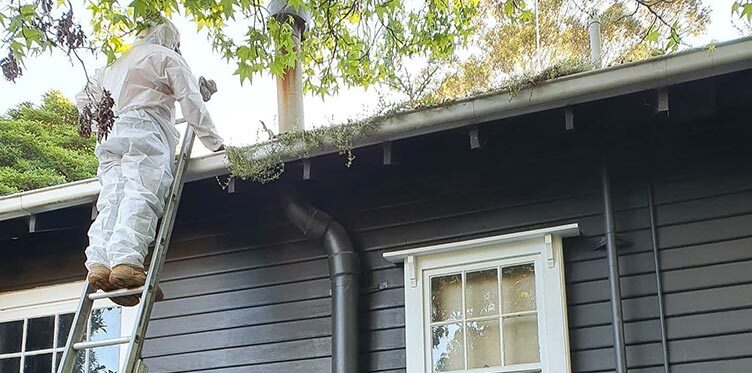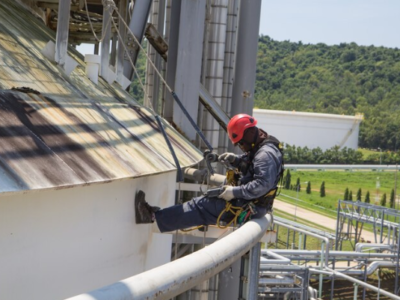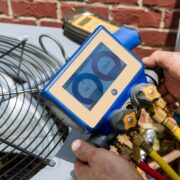Asbestos is a hazardous material that was often used in various construction materials, including flues. Asbestos flues pose a significant risk to health and safety, and it is crucial to understand the importance of their proper removal. If you have an asbestos flue on your property. In that case, it is essential to seek the services of trusted experts in asbestos flue removal to ensure a safer environment for yourself and others.
The Dangers of Asbestos Flues
Older buildings commonly used asbestos flues as part of heating and ventilation systems. They were valued for their heat resistance and durability. However, over time, it became evident that asbestos fibres could be inhaled and pose serious health risks when released into the air. Prolonged exposure to asbestos fibres can lead to severe lung diseases, including lung cancer, asbestosis, and mesothelioma.
Why Proper Asbestos Flue Removal is Essential
Removing asbestos flues requires professional expertise and adherence to strict safety guidelines. DIY removal attempts can disturb the asbestos fibres, releasing them into the air and increasing the risk of exposure. Therefore, hiring qualified experts who specialize in asbestos removal is crucial to handle the process safely and effectively.
Trusted Asbestos Flue Removal Services
Regarding asbestos flue removal, it is essential to rely on experienced professionals with the necessary knowledge, skills, and equipment to handle the task. Experts are well-versed in asbestos removal procedures and follow all safety protocols to ensure a thorough and safe removal process.
Specialists comprehensively inspect your property to assess the extent of asbestos flue contamination. Using state-of-the-art equipment and adhering to strict safety procedures, they carefully remove the asbestos flue, ensuring that no fibres are released into the air.
Asbestos Flue Removal FAQs
What is asbestos, and why is it used in flue systems?
Asbestos is a naturally occurring mineral commonly used in various industries, including construction. It was often utilized in flue systems due to its fire resistance, insulation properties, and durability. However, it is now known that asbestos fibres can pose serious health risks when they are released into the air and inhaled.
Why is asbestos flue removal necessary?
Asbestos flue removal is required to eliminate the potential health hazards of asbestos fibres. Over time, asbestos-containing materials can deteriorate, releasing microscopic fibres into the air. Inhalation of these fibres can lead to serious respiratory diseases, such as lung cancer, asbestosis, and mesothelioma. Removing asbestos flue systems ensures the safety of occupants and prevents further contamination.
How do I know if my flue system contains asbestos?
Determining whether your flue system has asbestos requires professional asbestos testing. It is not possible to visually identify asbestos as it is usually mixed with other materials. Certified asbestos inspectors can take samples of the flue material and send them to a laboratory for analysis. They will provide accurate information about the presence and extent of asbestos in the flue system.
Can I remove the asbestos flue on my own?
It is strongly advised not to attempt asbestos flue removal on your own. Disturbing asbestos-containing materials without proper training, equipment, and safety precautions can release dangerous fibres into the air, putting your health at risk. Asbestos removal should be done by licensed and trained professionals who follow strict safety protocols to ensure effective containment and disposal of asbestos.
What is the process for asbestos flue removal?
Asbestos flue removal typically involves the following steps:
- a) Inspection and assessment of the flue system by certified professionals.
- b) Implement safety measures, including sealing the work area and using protective equipment.
- c) Carefully remove the asbestos-containing materials, using specialized tools and techniques to minimize fibre release.
- d) Proper containment and disposal of the removed asbestos materials, following local regulations and guidelines.
- e) Post-removal testing and clearance to ensure that the area is safe and free from asbestos fibres.
Remember, when dealing with asbestos-related concerns, consulting and engaging qualified professionals who specialize in asbestos removal and abatement is essential.













Comments